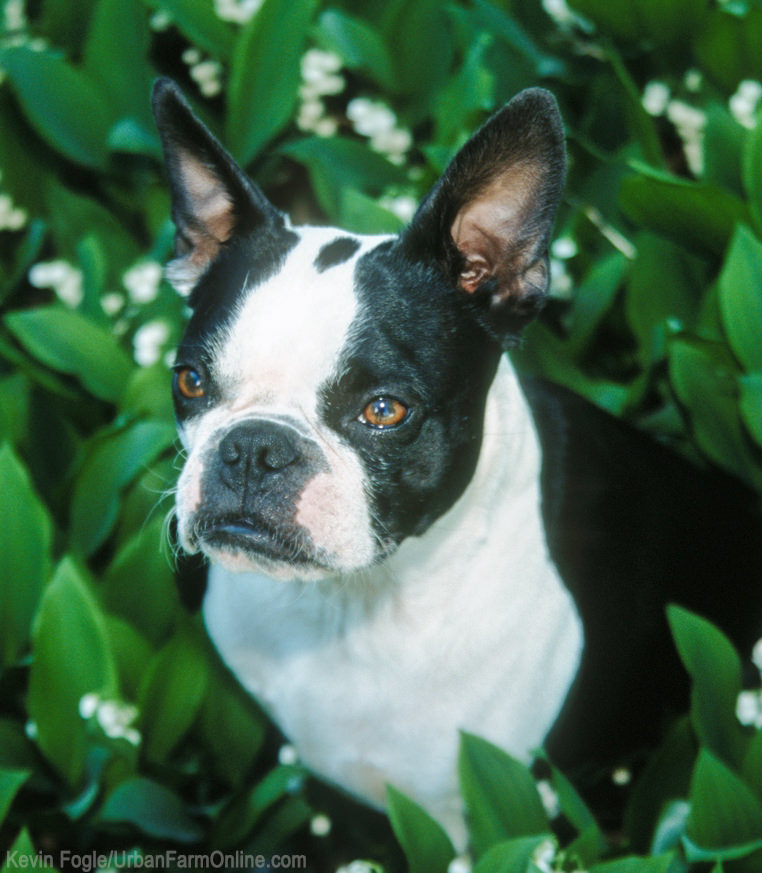

While well-designed fencing systems can solve many common dog-related issues around the garden, you can try some other tactics in situations where fencing may not be feasible or appropriate. Give these tips a try to help your garden and your pooch live together in harmony.
1. Forgiving Plants
If you have garden beds or ornamental planting in areas that your dog is free to roam, think about planting sturdier plants in these zone. Keep more fragile plants where your dog isn’t allowed. Creeping phlox is a good example of a flowering ornamental that takes a beating and keeps on blooming. Other flowering plants that tolerate some regular abuse are coneflowers, daylilies, daisies, Russian sage and Mexican primrose.
2. Paths
Mulch or stone walks are nice additions to any yard or garden and give you a way to access plants that might be out of reach. Because dogs are creatures of habit, try to place paths where your dog already runs. Paths also have the added benefit of keeping your dog’s feet clean of muddy soil. Most mulches make great garden paths, but avoid cocoa mulch that can be toxic to your furry friends.
3. Border Plantings
Barberries, roses or other thorny planting along the edges of beds can be used to limit dogs from certain areas of the garden. Use caution if planting thorny bushes along already established paths to avoid possible eye injuries.
4. Containers
If your dog tends to damage tender plants, try growing them in containers out of its reach or regular area of interest. Lightweight containers make your garden more mobile, while heavier containers can be place strategically to discourage your dog from trampling some areas.
5. Plant Selection
What you plant is perhaps the most important factor in allowing your dog to access parts of the garden or yard. The leaves and sometimes fruit of certain common edibles and ornamentals can be toxic to Fido, and the presence and placement of these plants should be considered within your landscape. The following is a short list of some common toxic and non-toxic plants found around the garden and yard.
Toxic Edibles
- eggplant
- garlic
- onion
- potatoes
- rhubarb
- tomato
Toxic Ornamentals
- azalea
- foxglove
- hollies
- yew
- lupine
- monkshood
- sago palms
Dog-Friendly Edibles
- broccoli
- cauliflower
- cantaloupe
- carrots
- cucumber
- green beans
- lettuce
- peas
- pumpkin
- spinach
- squash
- watermelon
The above list is not exhaustive, if you have a question about the toxicity of a plant to your pets always check with your local vet before planting. You can also visit the ASPCA toxic and non-toxic plant listing [LINK: https://www.aspca.org/pet-care/animal-poison-control/toxic-and-non-toxic-plants].
It is not only your plants that you need to be concerned with. Also consider the toxicity of any herbicides or pesticides applied to the yard and garden. To avoid this issue altogether, I strongly recommend a natural, organic gardening approach that doesn’t rely on chemical controls.
Read more of Garden In Front »





One reply on “5 Tips For a Dog-Friendly Garden”
[…] that has implications both for the longevity of your plants, as well as for the health of your dog, as many landscape ornamentals and garden plants can be toxic when ingested by our furry friends. […]